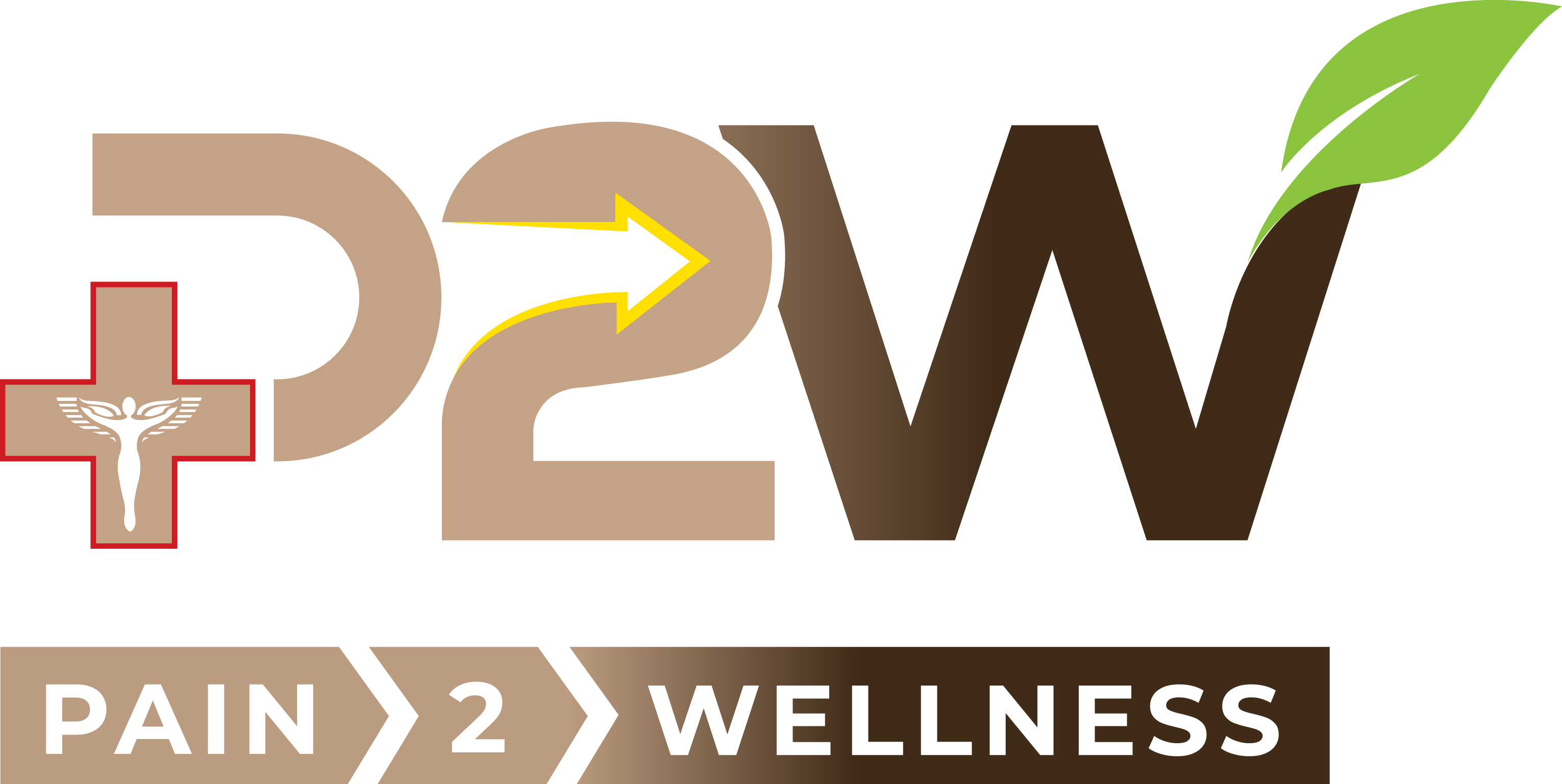· Neuromusculoskeletal conditions relating to the spine and/or its immediate adjacent articulations including:
-Spinal articulations and attachments
-Sacroiliac joints
-Rib attachments to spine and sternum
-Clavicles
-Scapulae
-Temporomandibular joints (TMJ)
-unresolved radiating pain that show negative MRI and X-Ray findings
Initial Diagnosis and Management
· When the PCP believes that x-rays or another diagnostic tool would be helpful in visualizing an injured area; he/she should order these studies so they will be available at the time of consultation. If ordering spinal x-rays, please specify that they should be taken weight bearing.
Ongoing Management and Objectives
· To evaluate patients with acute or chronic spinal injuries primarily to the axial skeleton, adjacent articulations and intrinsic support elements.
· To assist these patients in attaining and sustaining maximum recovery by employing standard, conservative, spinal manipulation techniques.
· To employ various in-clinic adjunctive therapies to support and enhance the results of spinal manipulation.
· To educate patients in techniques to maintain improvement and prevent re-injury. These include visual, verbal, written and demonstration-performance techniques.
· To refer patients to other health specialties for laboratory, radiographic studies, education, consultation, or evaluation as necessary.
Visit Frequency
Chiropractic protocol initially calls for 3 visits per week, however we do provide wellness/preventative care for individuals seeking maintenance or wellness levels of care, (i.e., one visit per month, etc.) or chiropractic therapy to sustain a recovery.
Indications for Specialty Care Referral
The patient must be willing to work as a team with the chiropractor to maximize recovery potential; this includes keeping established appointments.)
Conditions that can benefit from chiropractic treatment:
-Myofascial pain
-Neck pain, stiffness or spasms
-Back pain, stiffness or spasms
-Tension headaches
-Sciatica
-General joint stiffness due to DDD/DJD
-Spinal sprain/strain injuries
-Bulging disks (no prolapse)
Cautionary conditions are evaluated on a case-by-case basis. A patient may have one of the conditions, such as carotid calcification, but could still be a candidate for mid or low back adjustment. Similarly, someone with severe osteoporosis could benefit from low force pressure point techniques.
If you are uncertain as to whether a patient in the cautionary category would benefit from a course of chiropractic treatment, contact the PAIN 2WELLNESSCENTER@ 404-699-0966.
Recent (acute) injuries, defined as having occurred within the prior six weeks.
Chronic conditions, defined as neuromusculoskeletal injuries over six weeks old, and the patient has not been previously seen at PAIN 2WELLNESSCENTERfor the condition.
Chronic conditions seen previously at PAIN 2 WELLNESS CENTER that have, in the medical opinion of the PCP, been significantly re-aggravated in a new episode, not simply worsening from a withdrawal of chiropractic treatment.
The PAIN 2 WELLNESS CENTER is not an emergent care center; emergency cases should be referred to the Emergency Room or other appropriate immediate or urgent care clinic.
Note it is appropriate to refer patients to PAIN 2WELLNESSCENTER prior to physical therapy and refer patients that have not responded well to physical therapy.
Criteria for Return to Primary Care
Many patients choose to see Chiropractors first, however, at Pain 2 Wellness Center we can co-mange patients with Primary Care and can be re-examined by PCP once a month. Patients who either did not respond or were discharged as having reached maximum recovery choose to return to PCP as needed.

